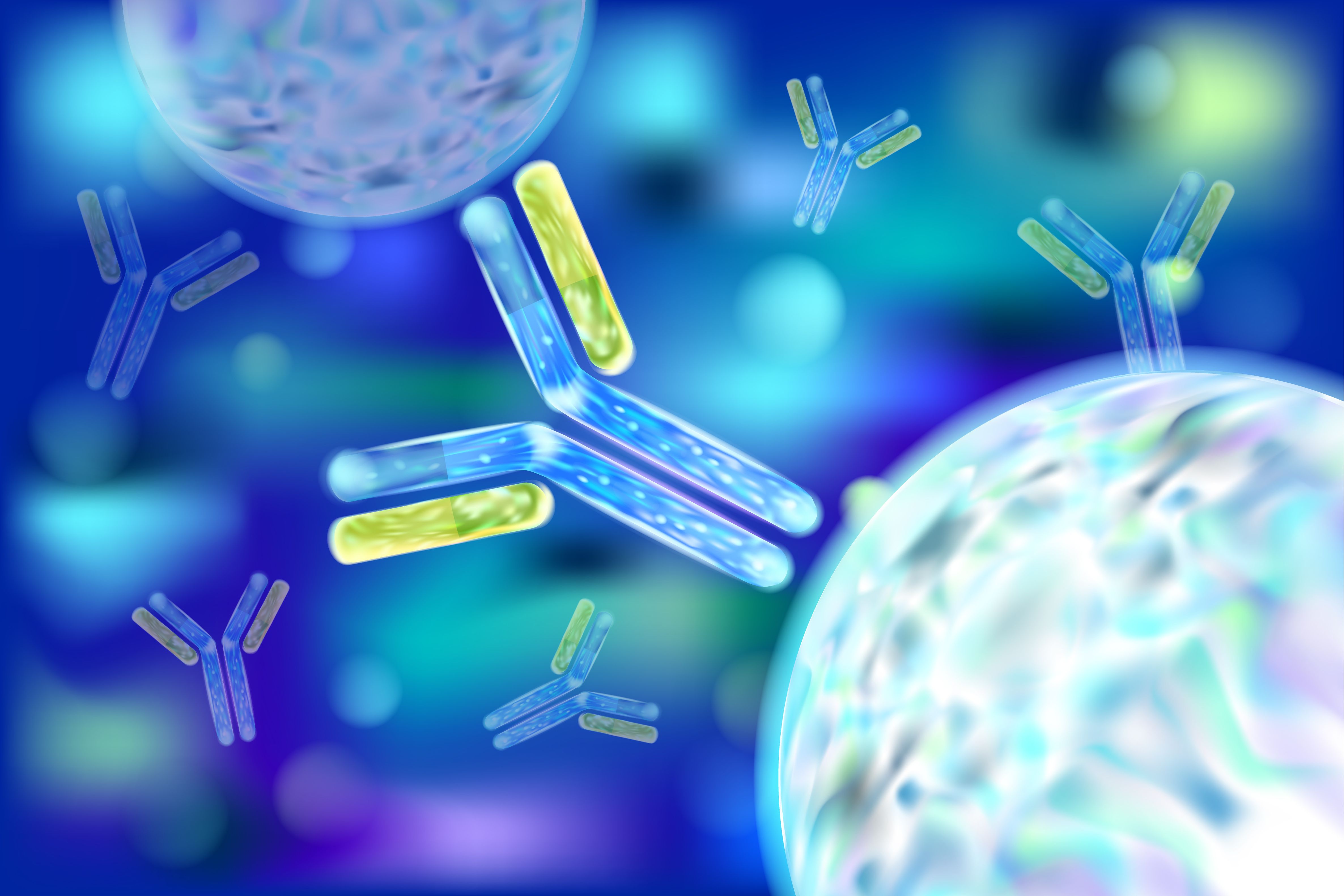Article
Researchers Explore Safer, More Effective Chemotherapy Method
Author(s):
Multi-ingredient capsule funnels different ingredients through 2 parallel inner needles, which could enhance cancer treatment.
A new device has been created to fill tiny capsules with 2 or more ingredients without mixing, which could improve chemotherapy options.
Researchers were inspired by the thought that if chemotherapy only became toxic when it reached the tumor, it could greatly improve the overall health of patients.
The development of the multi-ingredient encapsulation funnels different ingredients through 2 parallel inner needles enclosed in a larger outer needle. High-speed gas forces the liquids into a stream that breaks up into individual droplets. An electric field stabilizes the flow and creates uniform droplets.
Although their development had shown promise, the capsules have yet to be used for cancer treatments. The safety and efficiency of these products would need to be evaluated in trials prior to becoming available to the general population.
"One of the limitations of chemotherapy is that less than 5% of the drugs typically get to the tumor, while the rest can be absorbed by other organs," said Ohio State researcher Ronald Xu.
The researchers noted that a promising way to treat patients would involve the drugs remaining non-toxic when injected into the body, before releasing the toxic product once it was near the tumor.
However, in order for this to be done on a larger scale, capsules with 2 or more ingredients need to be produced in a quick, controlled, and cost-effective way. The capsules also need to be small in order to spread throughout the body in the bloodstream.
The team of researchers were able to develop tiny capsules with multiple inner ingredients that measured 100 microns across, which is about the size of a speck of dust. In order to achieve the designated capsule sizes, investigators developed mathematical models that displayed the relationship between process parameters (flow rate and needle diameter) and the size of the capsule.
In order to test the capsules, researchers used red and blue colored paraffin wax. The outer shell of the capsule was made from a material extracted from seaweed called sodium alginate. This substance turns gelatinous once the droplets fall into a calcium chloride solution.
Researchers produced approximately 1000 to 100,000 capsules per second, with almost 100% of the inner liquids making it inside the capsules without waste.
The surface tension prevented the red and blue wax from mixing while encapsulated, but with vibrations to the capsule, they were able to force the wax to merge. Researchers could also dissolve the outer shell by releasing the inner droplets.
According to Xu, the main feature of the device are high efficiency and yield, as well as the size of droplets that allow it to be uniformly controlled.
With further testing, Xu believes they could make capsules 3 to 5 microns across, which is about the size of a red blood cell. Researchers also believe that nozzles could be modified to insert 3 or more ingredients into the capsules.
This device could also be applied to regenerative medicine and nuclear and chemical engineering, which require controlled reactions.






